On a fog-laced dawn in Wisconsin, a white silhouette lifts off the marsh and writes a long, slow V against the sky – proof that one of North America’s rarest birds is not done with us yet. Whooping cranes, once teetering on the edge with only a few wild survivors, are steadily reclaiming their seasonal place in the Midwest. The comeback didn’t happen by accident; it grew from decades of stubborn science, careful trial and error, and a string of tough decisions that sometimes sparked debate. Today, that work is paying off as cranes again bugle over restored wetlands, linking northern nesting grounds to southern wintering sites. Their return tells a larger story about how modern conservation blends old-fashioned habitat work with new technology and a willingness to change course.
The Hidden Clues
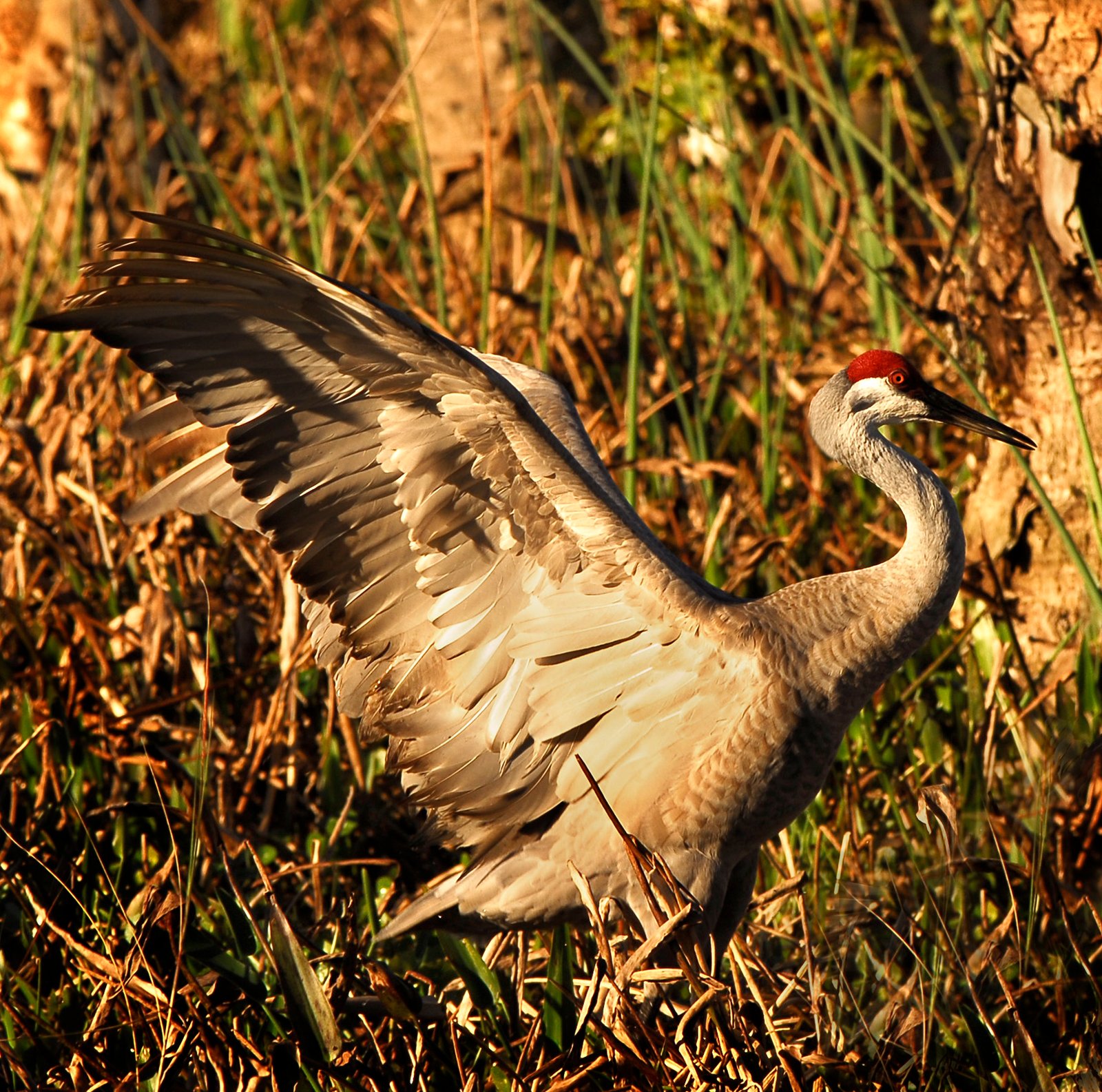
Long before headlines noticed, biologists picked up quiet signals that the Midwest was ready for cranes again: marsh plants returning after water-level fixes, dragonfly swarms heralding healthy invertebrate communities, and the layered hush of a wetland that can finally support a wary bird. Remote cameras, acoustic recorders, and GPS transmitters began to reveal early arrivals and first flights, drawing crude maps of safe stopovers stitched across farm country. Citizen reports added texture, with birders logging sightings that helped refine models of where cranes pause and feed during migration. Data showed that when wetlands are wide, shallow, and buffered from disturbance, cranes linger longer and fledge more chicks. Those clues didn’t solve everything, but they sketched the outline of a landscape a five-foot-tall bird could trust.
From Near-Extinction to Audacious Comeback
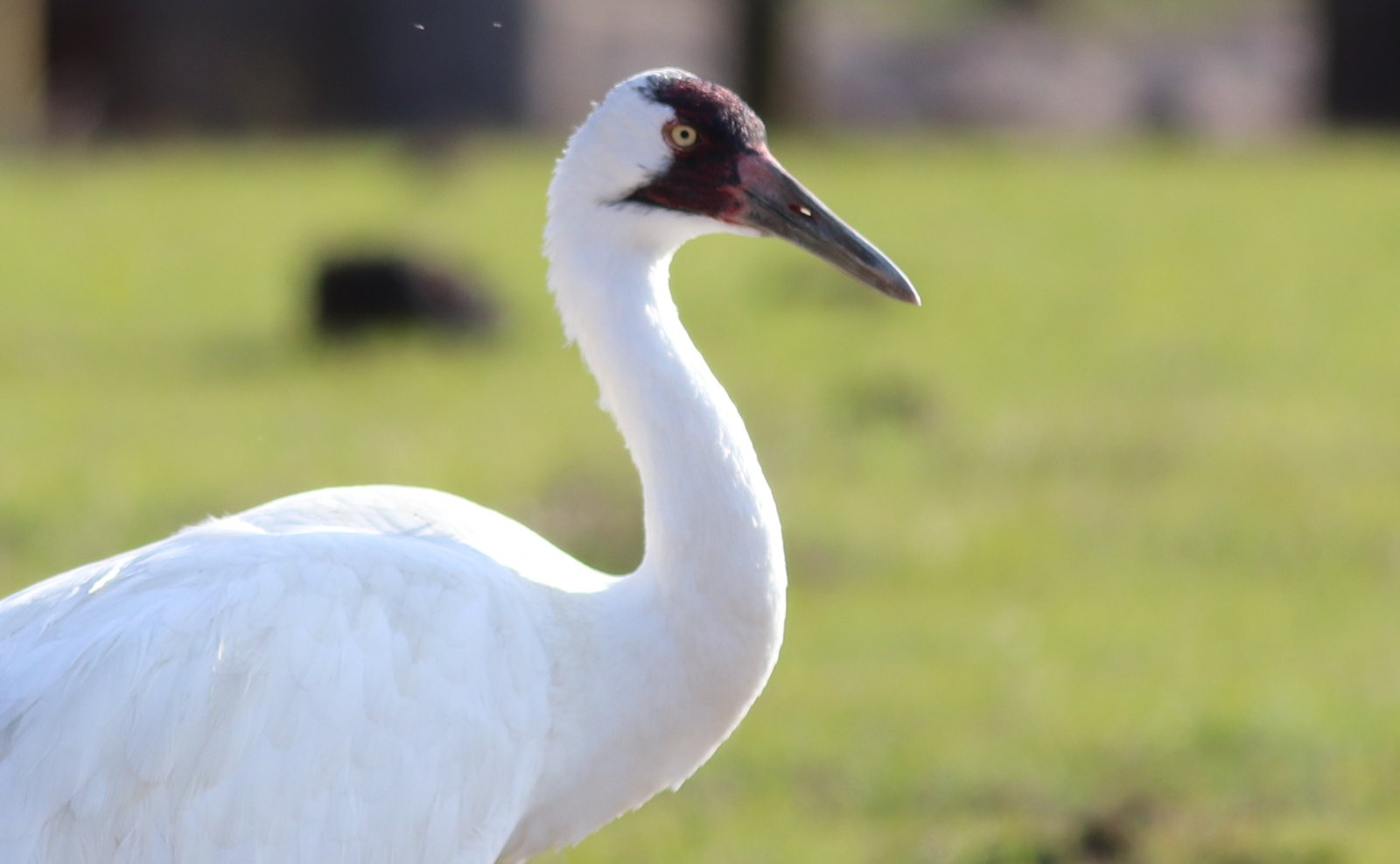
Whooping cranes came perilously close to disappearing in the early twentieth century, squeezed by relentless wetland loss and unregulated hunting. The modern turnaround began with legal protections and the safeguarding of the last wild flock that migrates between Canada and the Texas coast. Captive breeding followed, with carefully managed pairings that preserved genetic diversity and produced eggs for reintroduction. In the early 2000s, conservation partners launched a bold plan to rebuild a migratory population in the eastern United States, focused on the Upper Midwest. Not every tactic worked – some were retired after hard lessons – but the through-line held: give cranes safe places, minimize human imprinting, and let the birds do the teaching whenever possible.
How Scientists Rewrote Migration
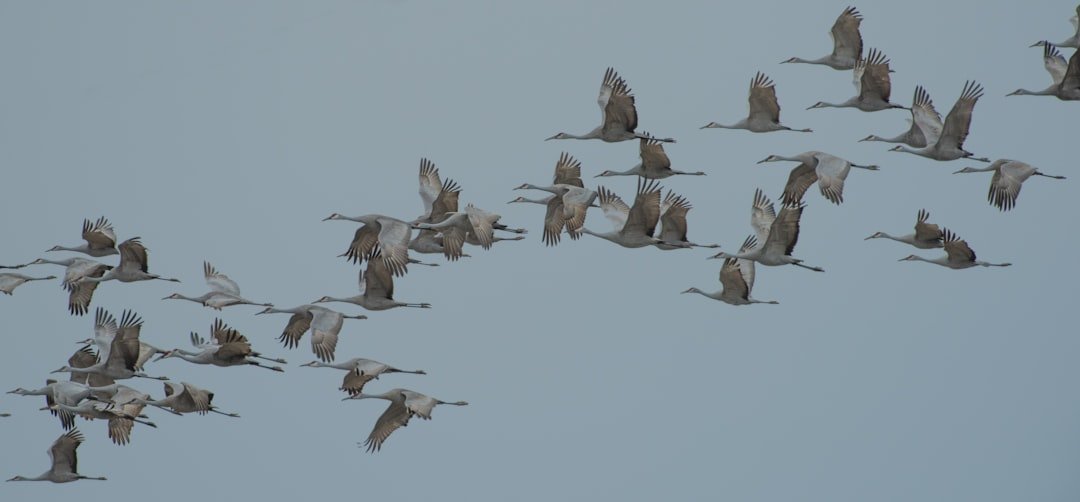
Teaching a bird to migrate sounds like a fairy tale until you see the choreography behind it. Early efforts used ultralight aircraft to guide young cranes along a starter route, a dramatic method that captured public imagination and proved the concept. Over time, the strategy shifted toward letting cranes learn from other cranes, favoring parent-reared or costume-reared birds that join cohorts and acquire the route through social learning. The pivot reduced reliance on theatrics and leaned into crane biology: these are long-lived, slow-breeding birds that pass knowledge down like heirlooms. Today’s migration playbook looks simpler from the outside, but it stands on years of behavioral research and a willingness to retire tools once they’ve done their job.
Midwestern Wetlands, Rebuilt and Resilient
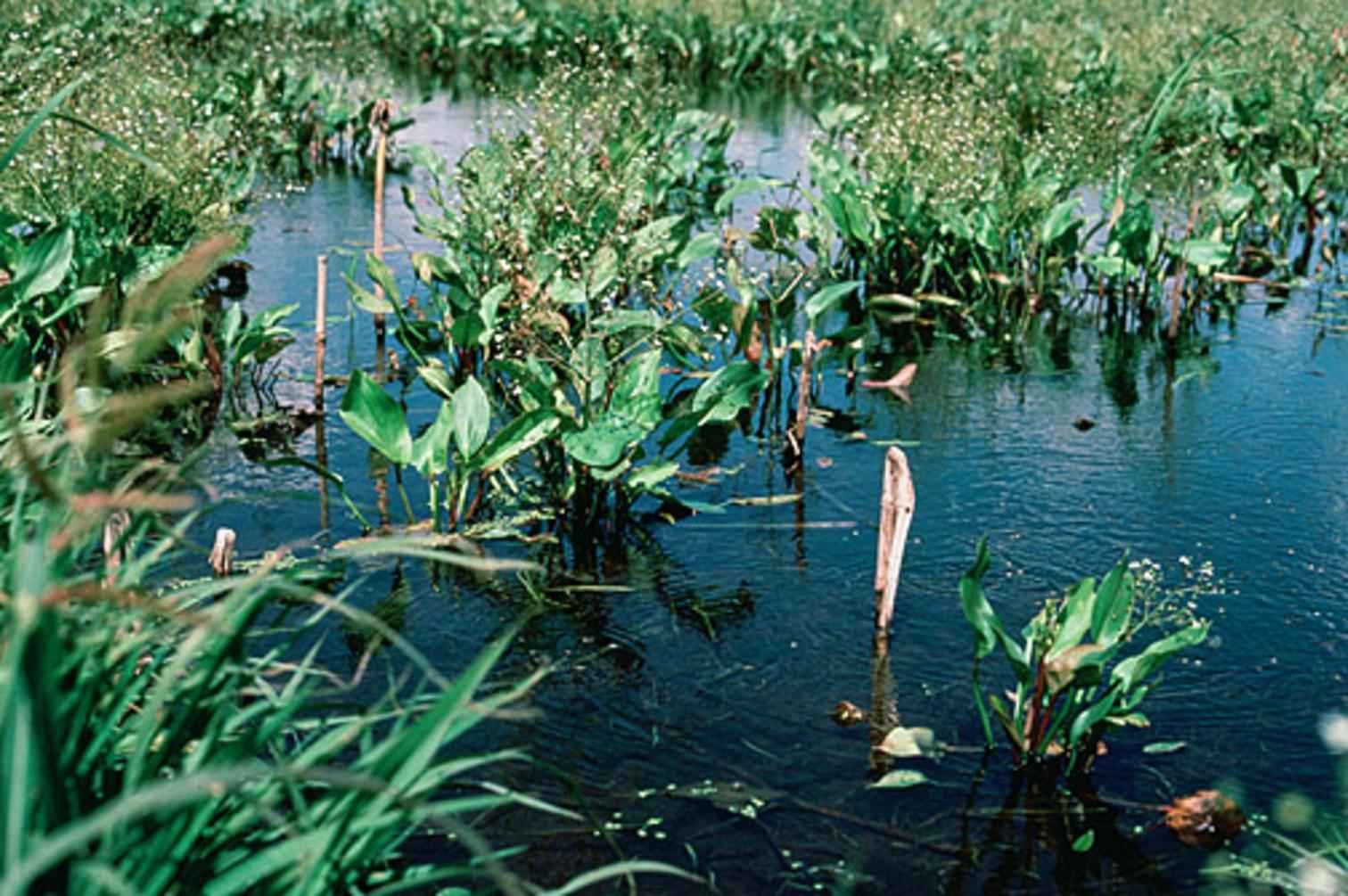
The Midwest’s biggest ally in this story isn’t a gadget – it’s water, held in the right places for the right amount of time. Restored marshes and sedge meadows across Wisconsin, Minnesota, Michigan, Illinois, Indiana, and Ohio stitched together a quilt of habitat where cranes can nest, feed, and keep their colts hidden from predators. Land managers manipulate water levels, clear invasive plants, and time prescribed burns to favor native vegetation that supports frogs, crayfish, and tubers cranes depend on. Farmers and private landowners, often working through incentive programs, have turned unproductive low fields back into wetlands that blunt floods and filter runoff while giving cranes safe layovers. In several refuges, managers even adjusted timing of activities to ease nest disturbance and sidestep seasonal insect swarms that once undermined breeding success.
The Hidden Risks: Lines, Lead, and Gunfire
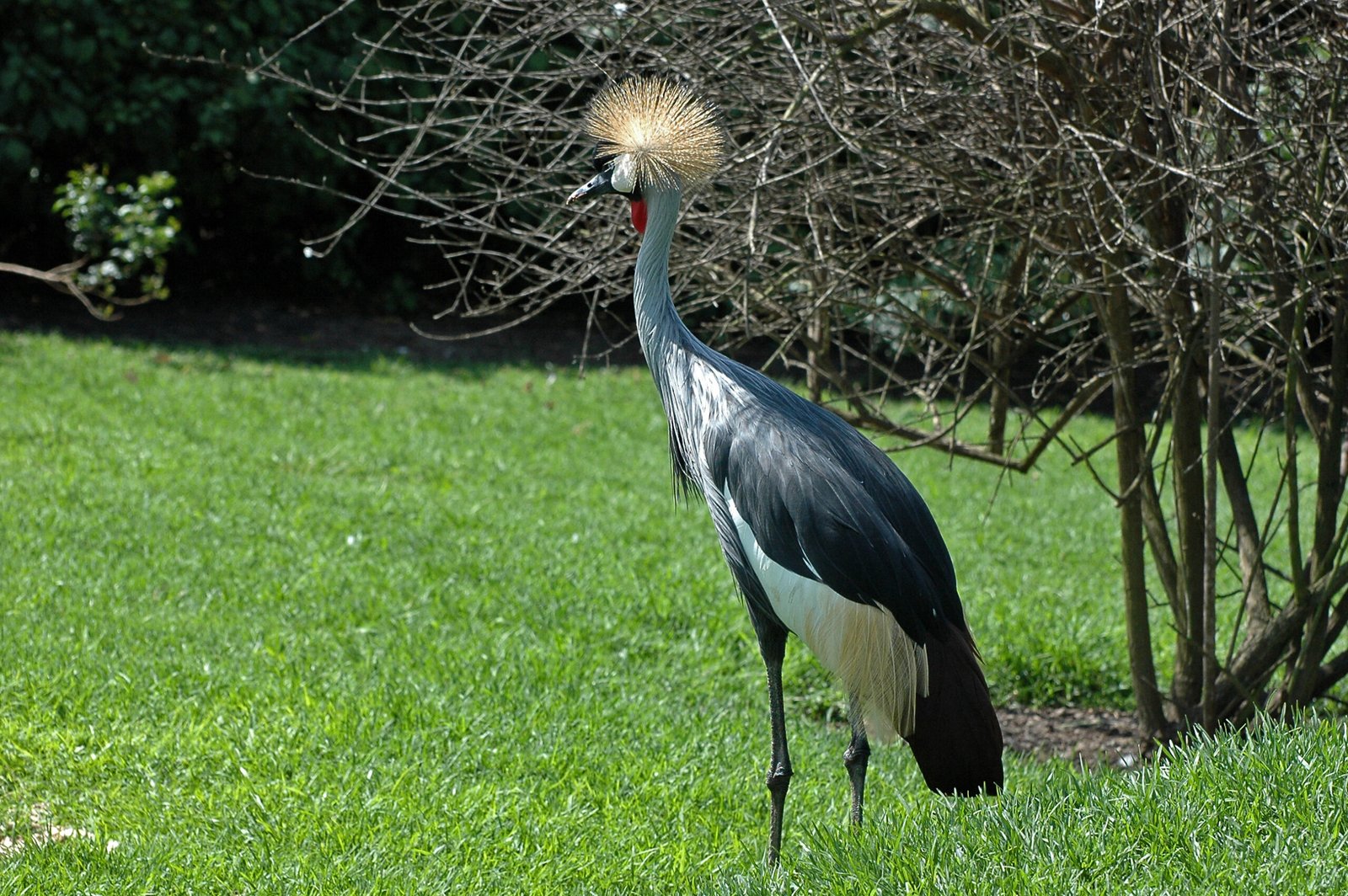
No comeback is linear, and the cranes’ new-old path is laced with hazards. Power lines and fences can be unforgiving to a heavy bird landing in a crosswind, while illegal shootings, though uncommon, can undo years of careful work in a single incident. Lead fragments left in the environment pose risks when cranes probe for food, a quiet threat that managers track alongside disease outbreaks like avian influenza. Storms growing in intensity can flood nests or strip food-rich shallows just as colts need them most. Reducing these risks means marking key power lines, promoting non-lead ammunition and tackle, enforcing protections, and keeping people and dogs well back from nesting areas during critical weeks.
Why It Matters
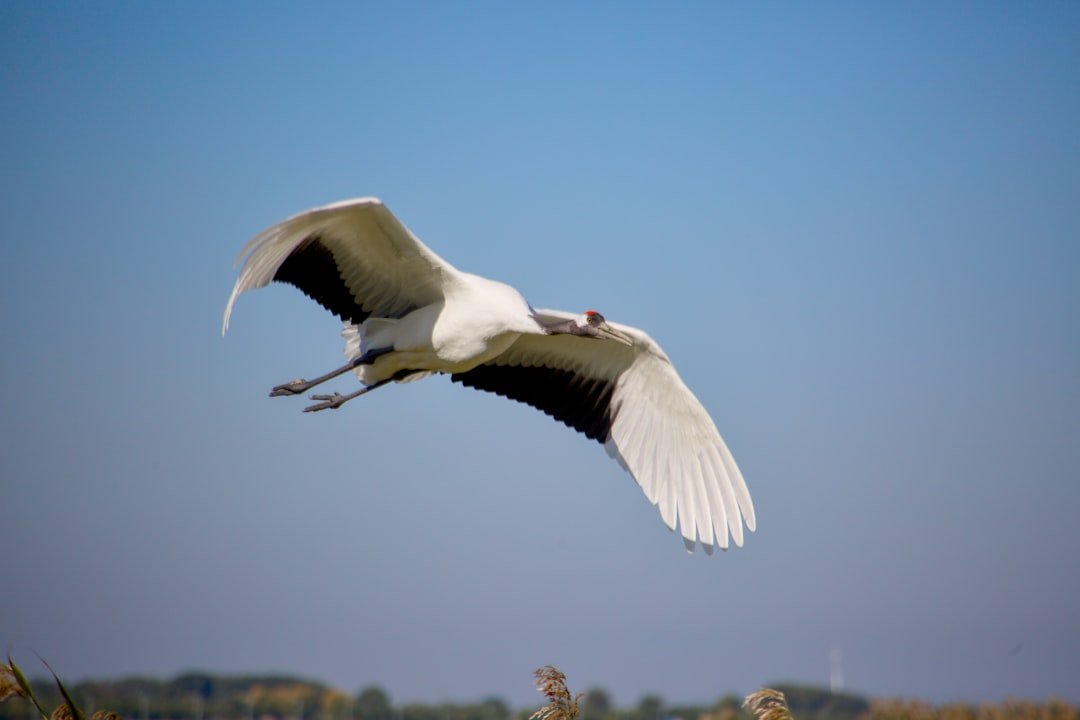
Whooping cranes are more than a conservation trophy; they’re a living referendum on whether our working landscapes can still support complex wildlife. Compared with quicker-recovering species, cranes test patience because they breed slowly and depend on large, intact wetlands, making success here meaningful well beyond one bird. Wetlands protected for whoopers buffer floods, recharge aquifers, and filter pollutants, delivering benefits to towns downstream. Economically, migration draws watchers to small communities, turning dawn stakeouts into full coffee shops and booked motels during peak weekends. In scientific terms, the project refined reintroduction methods now applied to other vulnerable species, from how to minimize imprinting to how to hand off learning from humans back to animals.
People Behind the Feathers
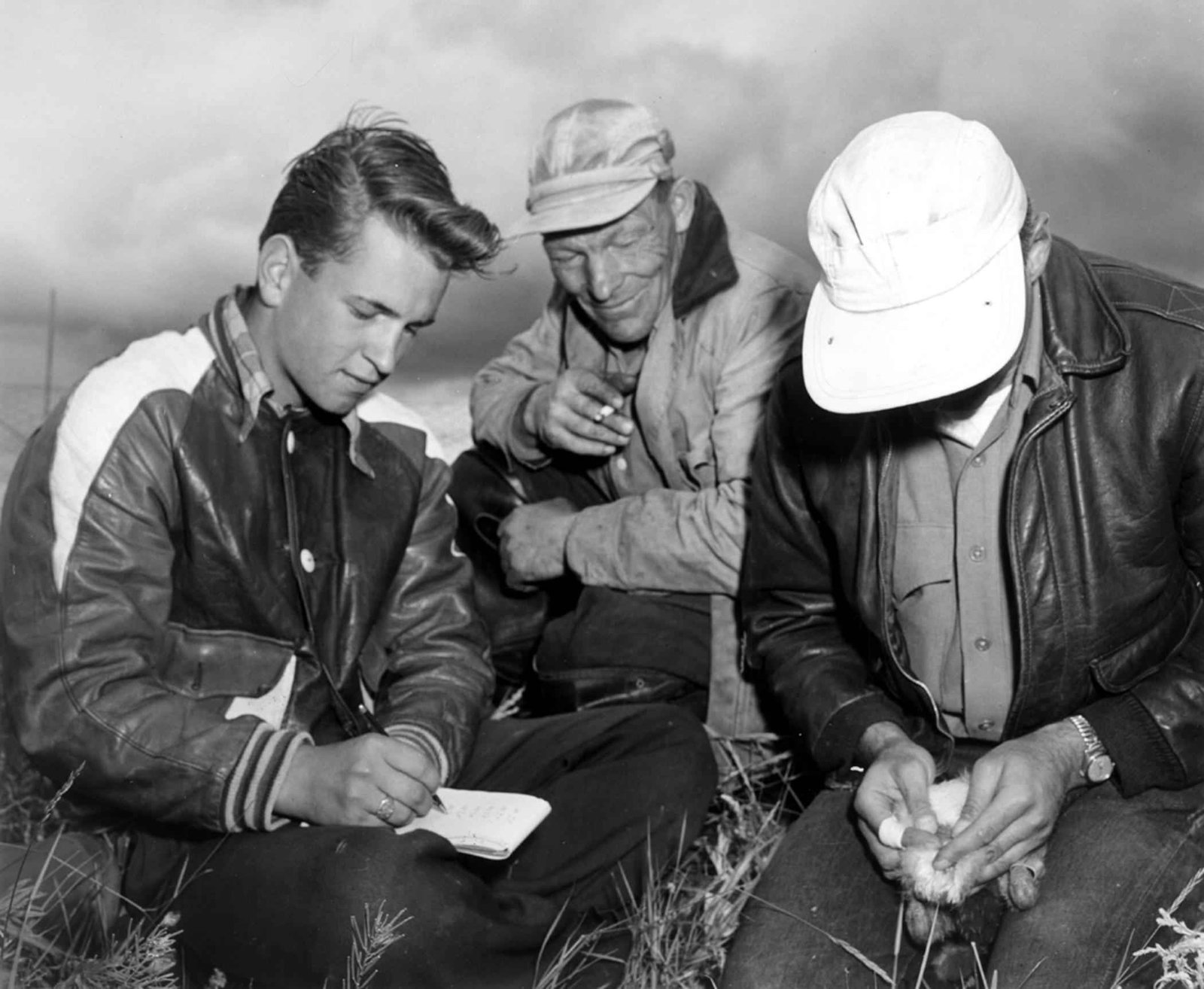
The recovery is a partnership stitched from field boots, lab notes, and kitchen-table agreements. Wildlife agencies coordinated permits and protections, while nonprofit groups raised funds, hatched chicks, and trained the next wave of biologists. Local communities helped, whether by posting signs to steer hikers away from nests or by tolerating seasonal closures on beloved trails. Landowners became quiet heroes when they set aside low-lying acres, accepting a little mud for a lot of life. The first time I heard a crane’s bugle carry across a Wisconsin marsh – more trumpet than bird – I realized how many hands, and how much patience, it took to put that sound back into the air.
Global Perspectives
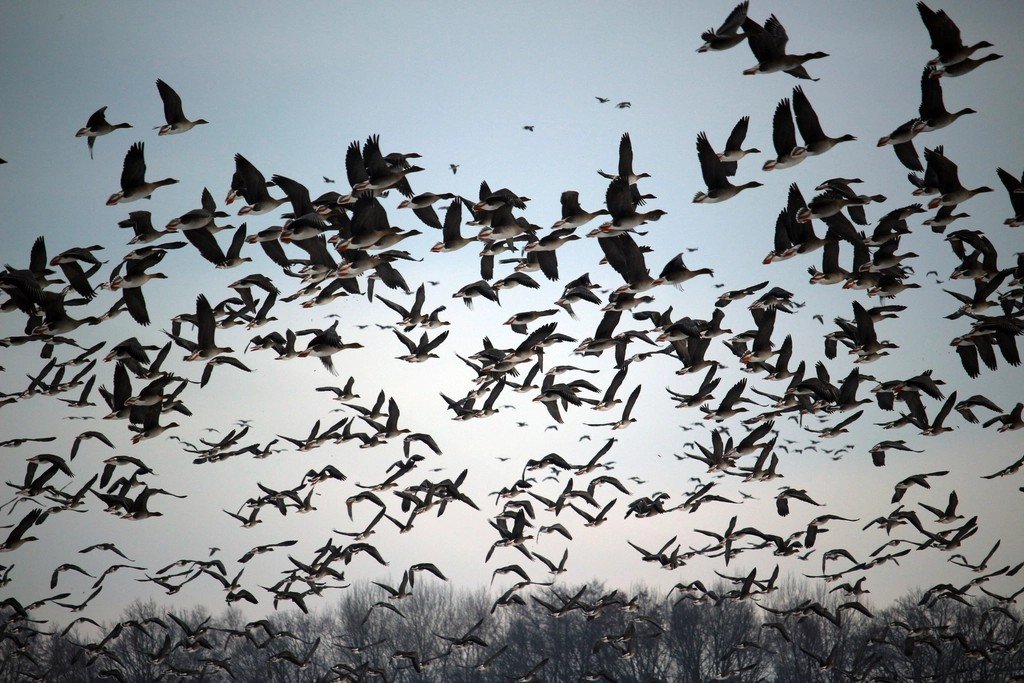
The whooping crane story is rooted in North America, but its lessons travel. Around the world, conservationists face similar puzzles with long-lived birds that migrate across borders and require landscapes bigger than any single park. The crane playbook – blend habitat restoration, targeted releases, cultural knowledge transfer among animals, and adaptive management – mirrors strategies used for storks, bustards, and vultures. Cross-border cooperation proved essential, with shared data and compatible protections smoothing a thousand-mile route into a manageable corridor. As climate swings rearrange wetlands and coastlines, these international ties become less optional and more like infrastructure for wildlife.
The Future Landscape
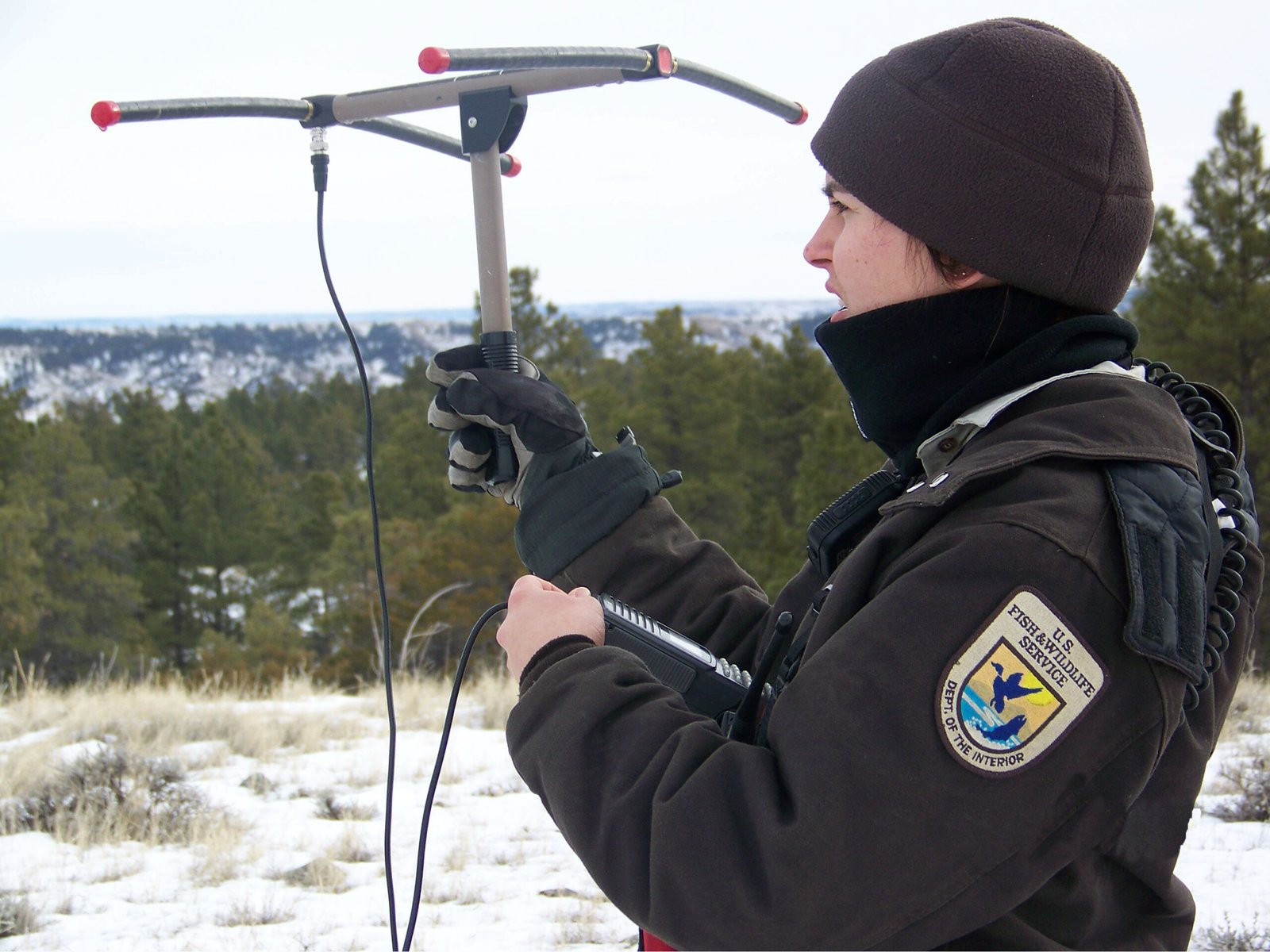
Next-generation tracking tags already stream fine-grained movement data, letting managers spot dangerous bottlenecks and fix them fast, from marking a risky line to restoring a single key roost. Machine-learning habitat models are getting sharper, forecasting where water will linger during droughts or where a new wetland would deliver the biggest boost for cranes and flood protection alike. Genetic management will continue to matter, keeping the reintroduced population robust as individuals pair off and carve out territories. The toughest questions ahead revolve around climate: how to maintain shallow-water mosaics through bigger storms and longer dry spells, and when to shift release sites or routes as conditions change. With better maps, smarter timing, and strong local support, the trajectory can stay positive even as the ground itself shifts.
How You Can Help
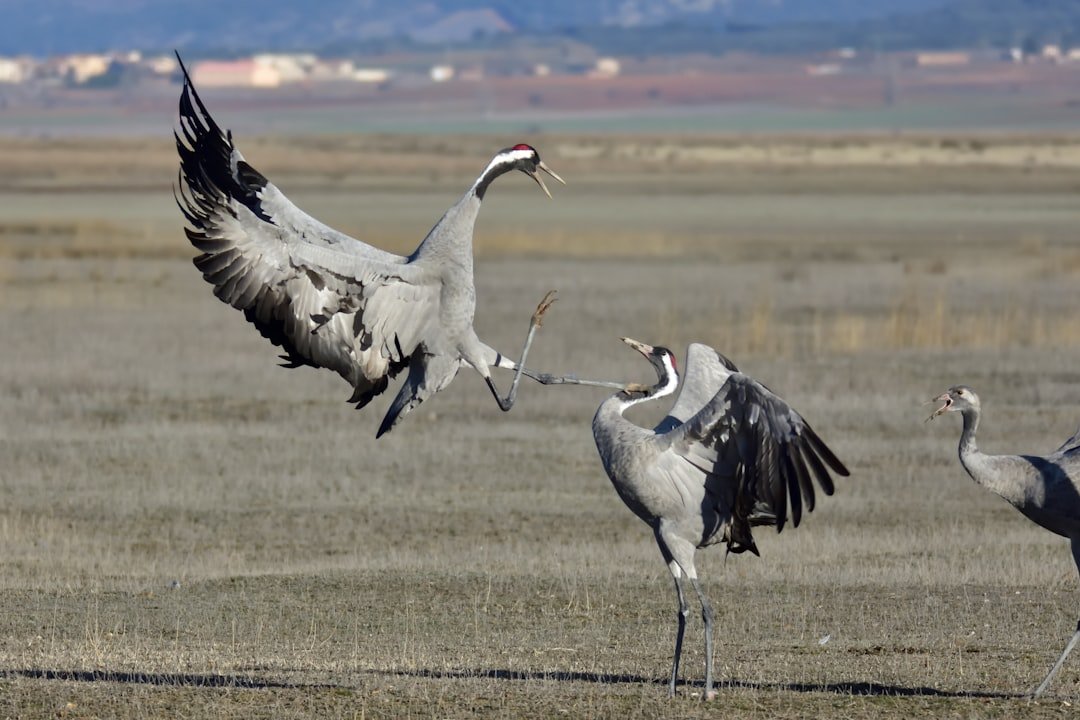
Stay well back from any whooping crane you encounter – distance keeps nests safe and helps birds stay wary of people. Report sightings through community science platforms that share data with researchers working to protect migration corridors. Support wetland restorations in your area, whether through local ballot measures, donations to conservation groups, or volunteering at nature preserves. Advocate for bird-safe infrastructure in your community, from marking priority power lines to promoting non-lead fishing tackle and ammunition. If you live near wetlands, keep dogs leashed during nesting season, skip drone flights, and let the cranes own the sky.

Suhail Ahmed is a passionate digital professional and nature enthusiast with over 8 years of experience in content strategy, SEO, web development, and digital operations. Alongside his freelance journey, Suhail actively contributes to nature and wildlife platforms like Discover Wildlife, where he channels his curiosity for the planet into engaging, educational storytelling.
With a strong background in managing digital ecosystems — from ecommerce stores and WordPress websites to social media and automation — Suhail merges technical precision with creative insight. His content reflects a rare balance: SEO-friendly yet deeply human, data-informed yet emotionally resonant.
Driven by a love for discovery and storytelling, Suhail believes in using digital platforms to amplify causes that matter — especially those protecting Earth’s biodiversity and inspiring sustainable living. Whether he’s managing online projects or crafting wildlife content, his goal remains the same: to inform, inspire, and leave a positive digital footprint.




